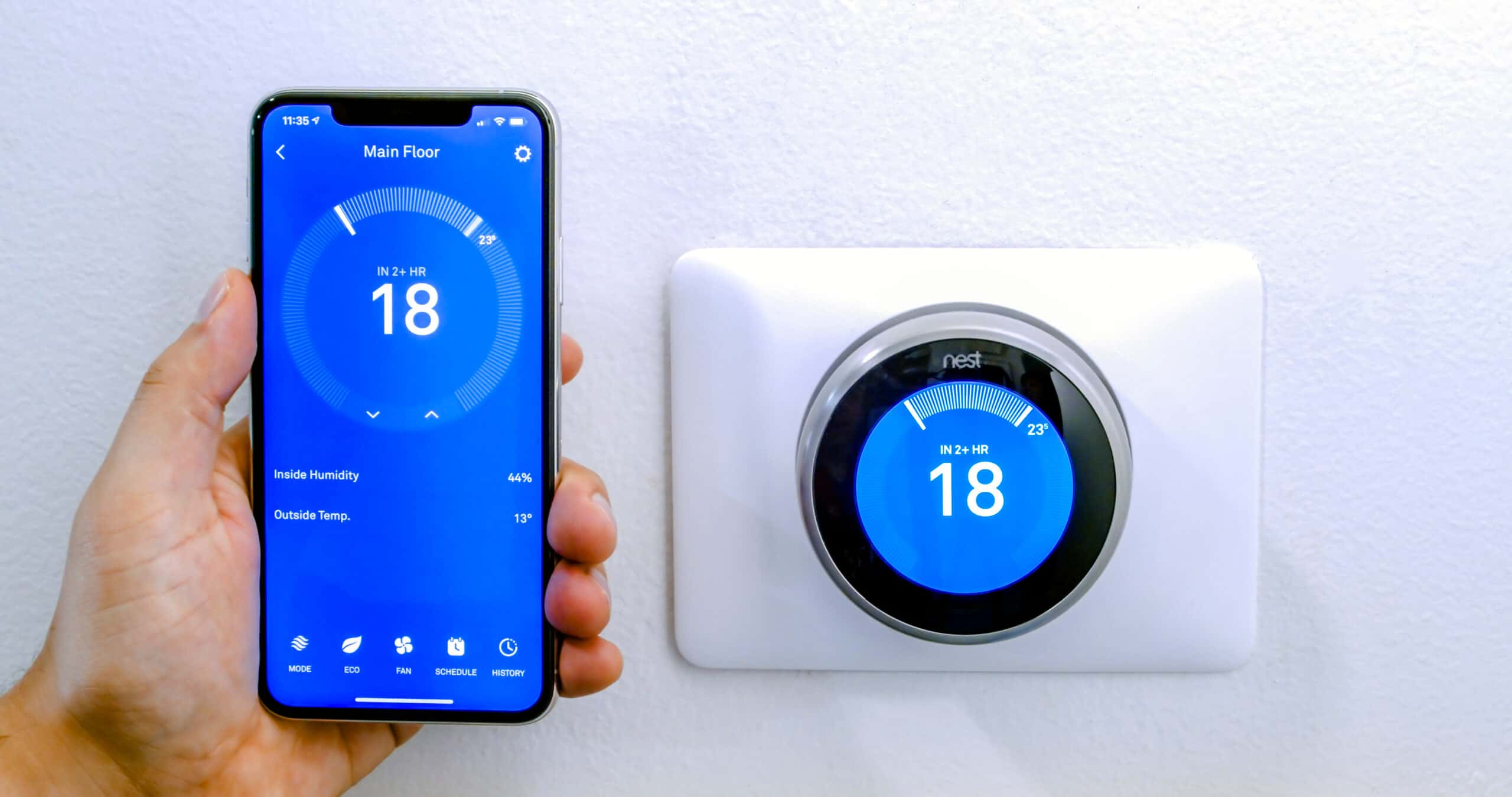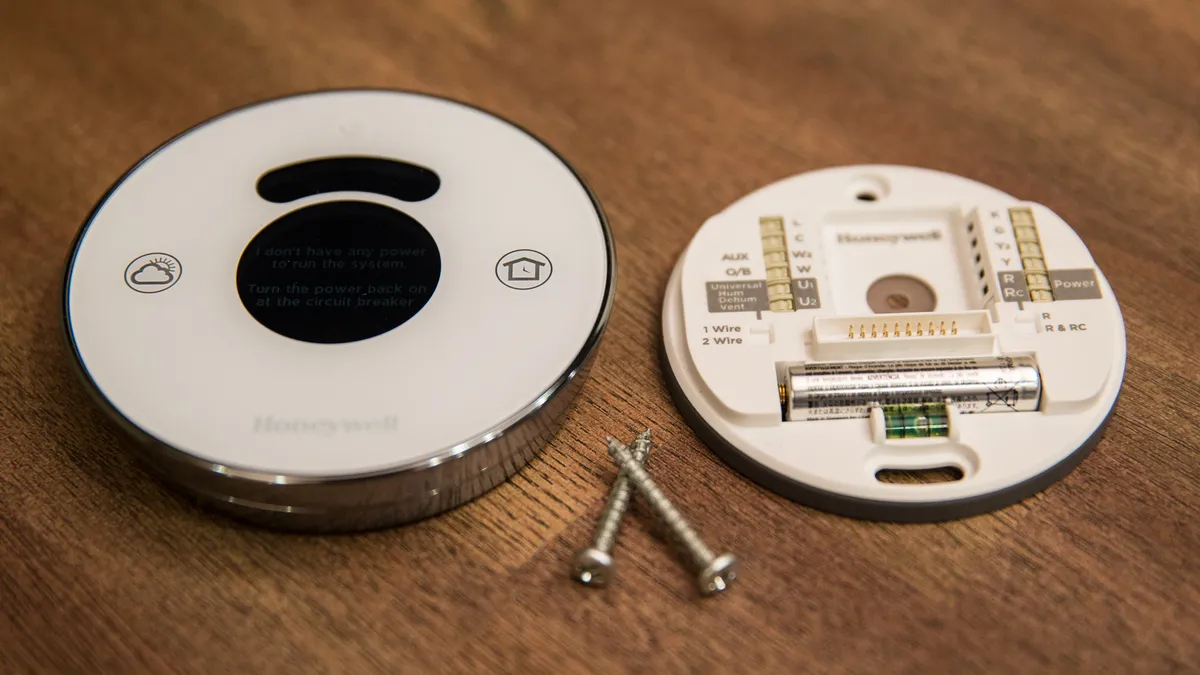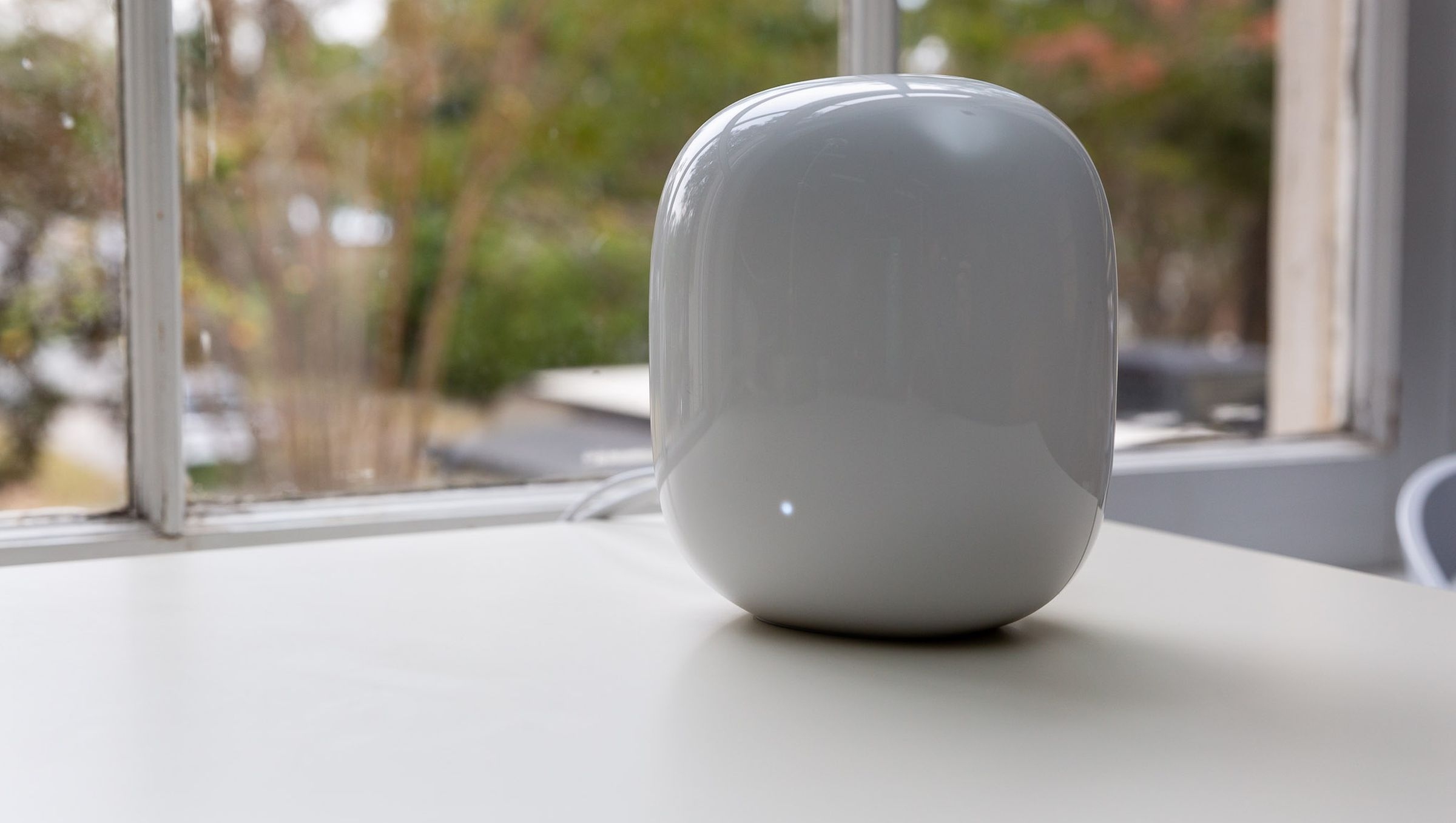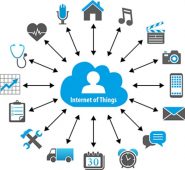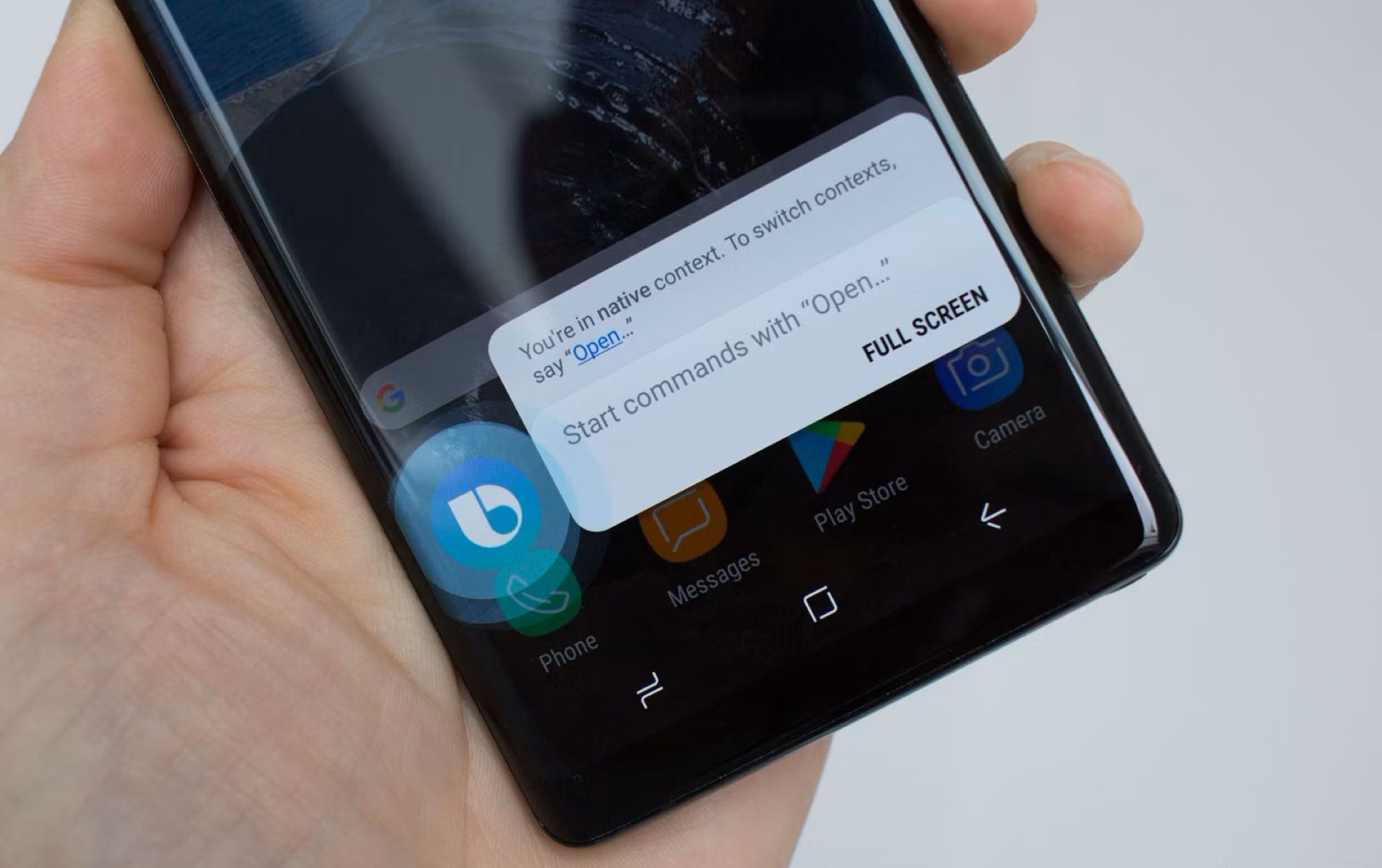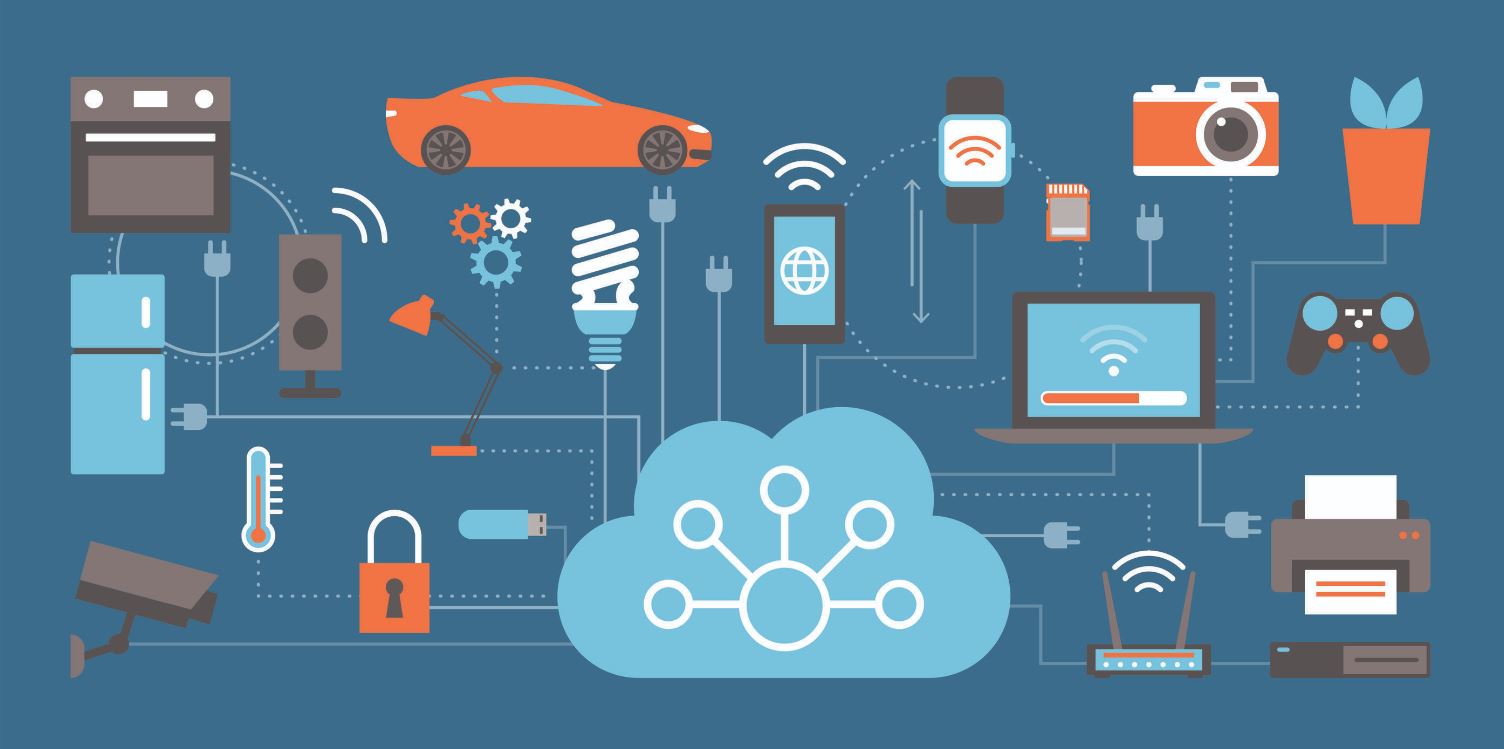**
Introduction
**
Smart thermostats have revolutionized the way we control the climate in our homes. These innovative devices offer convenience, energy savings, and enhanced comfort by allowing users to adjust the temperature remotely using their smartphones or other internet-connected devices. However, many homeowners wonder what happens to their smart thermostats when their internet connection goes down. In this article, we will explore the functionality of smart thermostats, the impact of internet outages, and the offline features that can help maintain a comfortable indoor environment. Additionally, we will provide practical tips for dealing with internet disruptions to ensure that you can continue to enjoy the benefits of your smart thermostat even when connectivity is temporarily unavailable.
As our reliance on technology continues to grow, understanding the implications of internet outages on smart home devices is essential. By shedding light on this topic, we aim to empower homeowners with the knowledge they need to effectively manage their smart thermostats in various connectivity scenarios. Whether you're a seasoned smart home enthusiast or considering investing in a smart thermostat for the first time, this article will equip you with valuable insights to navigate the challenges posed by internet disruptions and make the most of your smart thermostat experience.
How Smart Thermostats Work
Smart thermostats are designed to intelligently regulate the temperature in your home by leveraging advanced technology and connectivity features. Unlike traditional thermostats that require manual adjustment, smart thermostats can be controlled remotely via a dedicated mobile app or web interface. These devices are equipped with sensors that monitor factors such as temperature, humidity, occupancy, and ambient light to optimize energy efficiency and comfort.
Upon installation, smart thermostats are typically connected to your home’s Wi-Fi network, enabling seamless communication with the manufacturer’s servers and your mobile device. This connectivity allows you to remotely adjust the temperature settings, create custom schedules, and receive real-time notifications about your heating and cooling system. Some smart thermostats also integrate with virtual assistants like Amazon Alexa and Google Assistant, enabling voice commands for hands-free control.
Furthermore, smart thermostats utilize machine learning algorithms to analyze your temperature preferences and occupancy patterns, automatically adjusting settings to maximize comfort while minimizing energy consumption. By learning from your behavior and environmental conditions, these devices adapt to your lifestyle and contribute to energy savings over time.
Overall, smart thermostats function as intelligent hubs for managing indoor climate control, offering a user-friendly interface and advanced features that cater to the diverse needs of modern homeowners. Their seamless integration with Wi-Fi connectivity and smart home ecosystems sets them apart as versatile and convenient tools for optimizing home comfort and energy efficiency.
What Happens When Your Internet Goes Out
When your internet connection goes down, the functionality of your smart thermostat may be affected, depending on the specific model and its offline capabilities. Since smart thermostats rely on internet connectivity to communicate with remote servers and mobile devices, an internet outage can limit their ability to receive commands and transmit data. As a result, you may lose the convenience of remote temperature adjustments and real-time monitoring during the duration of the disruption.
In the absence of internet connectivity, smart thermostats may continue to operate based on their last programmed settings or default configurations. This means that if you had previously set a schedule or configured specific temperature targets, the thermostat will maintain these settings until internet access is restored. However, the inability to make real-time adjustments or receive updates remotely can be a significant inconvenience, especially if you are away from home and need to modify the temperature settings.
Furthermore, some smart thermostats rely on weather data and location-based information to optimize their performance. During an internet outage, these features may be temporarily disabled, potentially impacting the device’s ability to adapt to external conditions and deliver optimal comfort and energy efficiency.
It’s important to note that while an internet outage can limit the remote functionality of smart thermostats, their core temperature regulation capabilities remain intact. The thermostat will continue to control your HVAC system based on its internal programming, ensuring that your home remains within the preset temperature parameters. However, the loss of remote access and advanced features may prompt homeowners to seek alternative methods for managing their indoor climate during the disruption.
Offline Features of Smart Thermostats
Despite their reliance on internet connectivity for remote access and advanced functionality, many smart thermostats are equipped with offline features that ensure basic temperature control and operation during internet outages. These offline capabilities are designed to maintain essential functionality and uphold comfort levels within the home, even when remote communication is temporarily disrupted.
One of the primary offline features of smart thermostats is their ability to retain and execute pre-programmed schedules and settings in the absence of internet connectivity. If you have established a heating and cooling schedule or configured specific temperature presets, the thermostat will continue to adhere to these parameters, providing consistent climate control based on your preferences.
Additionally, some smart thermostats incorporate onboard sensors and processing capabilities that enable them to operate autonomously without relying on external data sources. This means that the thermostat can continue to monitor temperature levels, detect occupancy, and regulate the HVAC system based on its internal logic, ensuring that your home remains comfortable even when internet access is unavailable.
Furthermore, certain smart thermostat models feature local control interfaces, such as physical buttons or touchscreens, that allow users to adjust temperature settings directly on the device. This manual control option becomes particularly valuable during internet outages, providing a convenient way to override automated settings and make immediate adjustments to the indoor climate without relying on remote access.
Moreover, some smart thermostats offer limited mobile app functionality even when offline, allowing users to access basic features and settings directly through the app without an active internet connection. While the full suite of remote capabilities may be unavailable, this offline mode can still provide a degree of control and visibility, enabling users to make essential adjustments and monitor the thermostat’s status from their mobile devices.
By integrating these offline features, smart thermostats aim to mitigate the impact of internet outages on home comfort and convenience, ensuring that users can maintain a satisfactory indoor climate and exercise basic control over their HVAC systems even in the absence of internet connectivity.
Tips for Dealing with Internet Outages
Internet outages can disrupt the seamless operation of smart thermostats, but there are several strategies and precautions that homeowners can employ to mitigate the impact of connectivity disruptions and ensure continued comfort and control over their indoor climate. By implementing the following tips, you can effectively manage internet outages and optimize the performance of your smart thermostat:
- Familiarize Yourself with Manual Controls: Take the time to familiarize yourself with the manual control interface of your smart thermostat, whether it features physical buttons, a touchscreen, or other local adjustment options. Understanding how to directly modify temperature settings on the device itself can provide a valuable backup method for managing your HVAC system during internet outages.
- Pre-Program Default Settings: Consider pre-programming default temperature settings and schedules that align with your typical comfort preferences. This ensures that in the event of an internet outage, the thermostat will revert to these predefined configurations, maintaining a comfortable indoor environment until connectivity is restored.
- Utilize Mobile App Offline Mode: If your smart thermostat offers limited mobile app functionality in offline mode, familiarize yourself with the available features. This may include the ability to adjust basic settings directly through the app, providing a convenient alternative to remote access during internet disruptions.
- Invest in Uninterruptible Power Supply (UPS): Consider connecting your smart thermostat to a UPS, which can provide backup power in the event of a temporary electrical outage. This can prevent disruptions to the thermostat’s operation and ensure continuous functionality even if the internet connection remains unavailable due to power-related issues.
- Monitor Local Weather Conditions: During internet outages, stay informed about local weather forecasts and conditions to anticipate any significant temperature fluctuations or environmental changes that may impact your home. This awareness can guide manual adjustments to the thermostat and help maintain a comfortable indoor climate despite the loss of remote access.
By implementing these proactive measures and leveraging the offline capabilities of your smart thermostat, you can navigate internet outages with confidence, ensuring that your home remains comfortable and efficiently heated or cooled, even in the absence of continuous internet connectivity.
Conclusion
Smart thermostats offer unparalleled convenience and energy-saving benefits, allowing homeowners to regulate their indoor climate with precision and efficiency. However, the impact of internet outages on the functionality of smart thermostats underscores the importance of understanding their offline capabilities and implementing proactive strategies to manage connectivity disruptions.
While internet outages can temporarily limit the remote access and advanced features of smart thermostats, the core temperature regulation capabilities remain intact, ensuring that your home maintains a comfortable environment based on pre-programmed settings and onboard sensors. By familiarizing yourself with the manual controls, pre-programming default settings, and leveraging any available offline features, you can effectively navigate internet outages and maintain control over your HVAC system.
As smart home technology continues to evolve, manufacturers are continually enhancing the offline capabilities of smart thermostats, providing users with greater resilience and flexibility in managing their indoor climate during connectivity disruptions. By staying informed about these features and implementing best practices for dealing with internet outages, homeowners can confidently embrace the benefits of smart thermostat technology while effectively addressing the challenges posed by intermittent connectivity.
Ultimately, smart thermostats represent a cornerstone of modern home automation, offering a harmonious blend of convenience, energy efficiency, and comfort. By proactively addressing the implications of internet outages and optimizing the offline functionality of these devices, homeowners can ensure a seamless and reliable experience that upholds their desired comfort levels and energy-saving objectives, regardless of connectivity interruptions.







